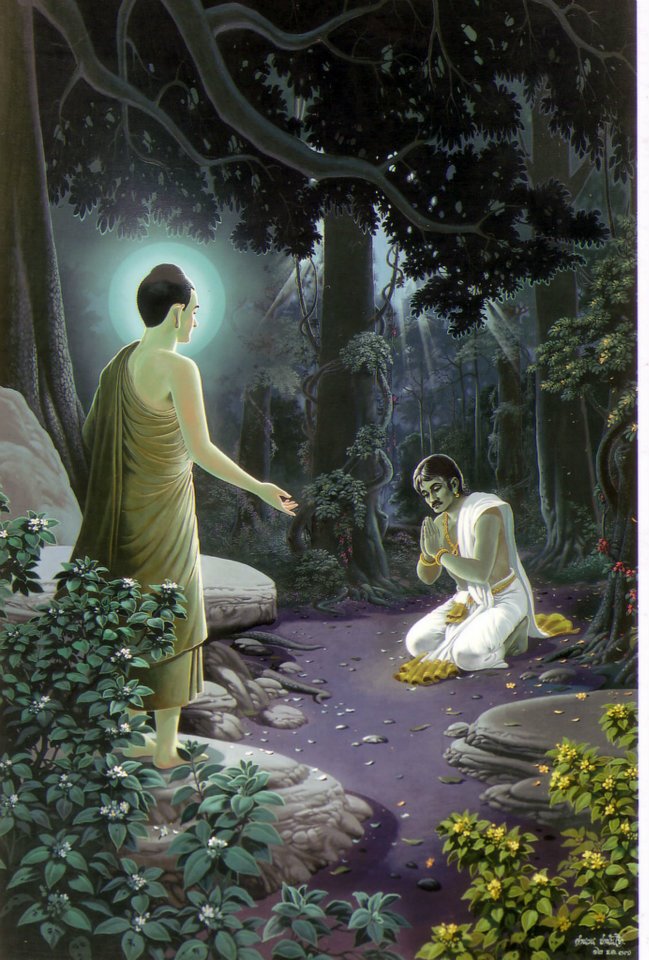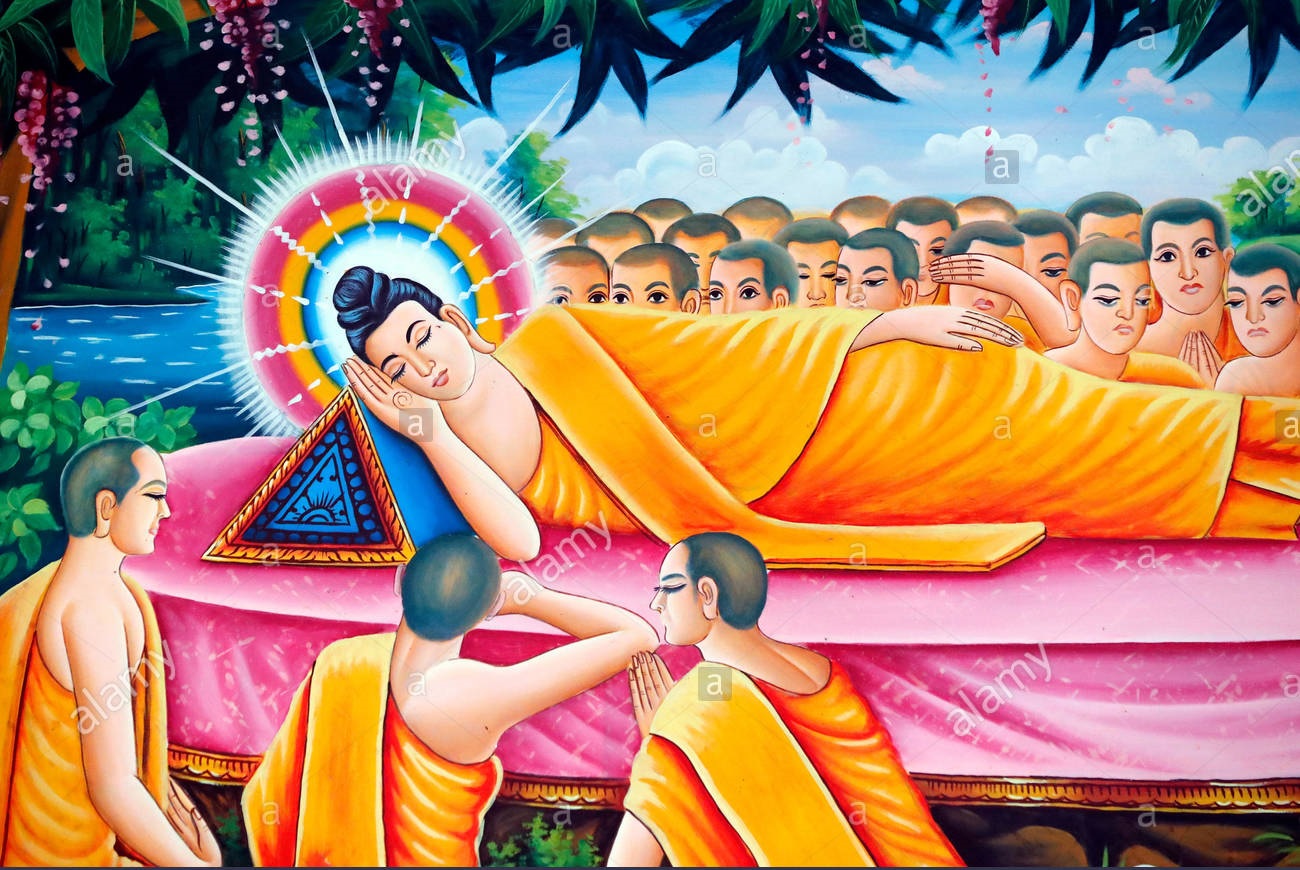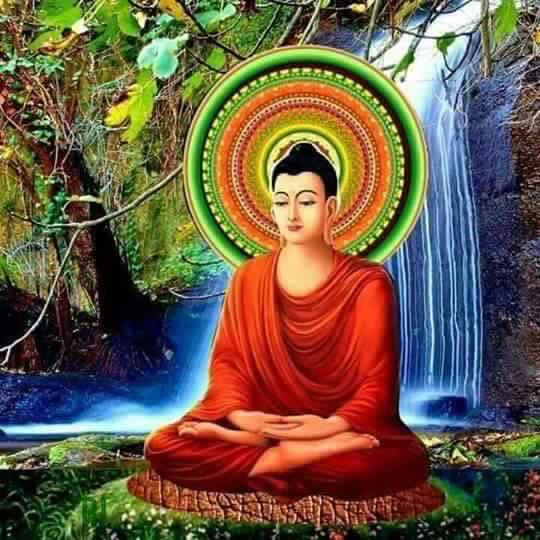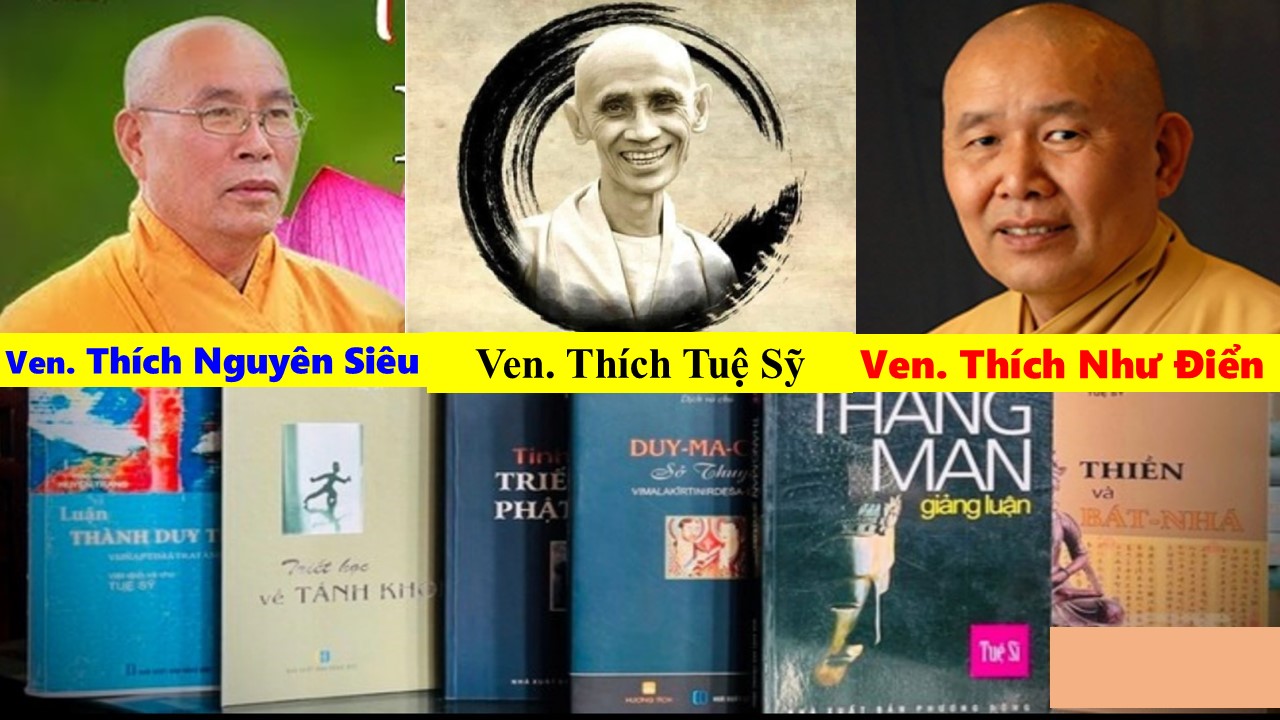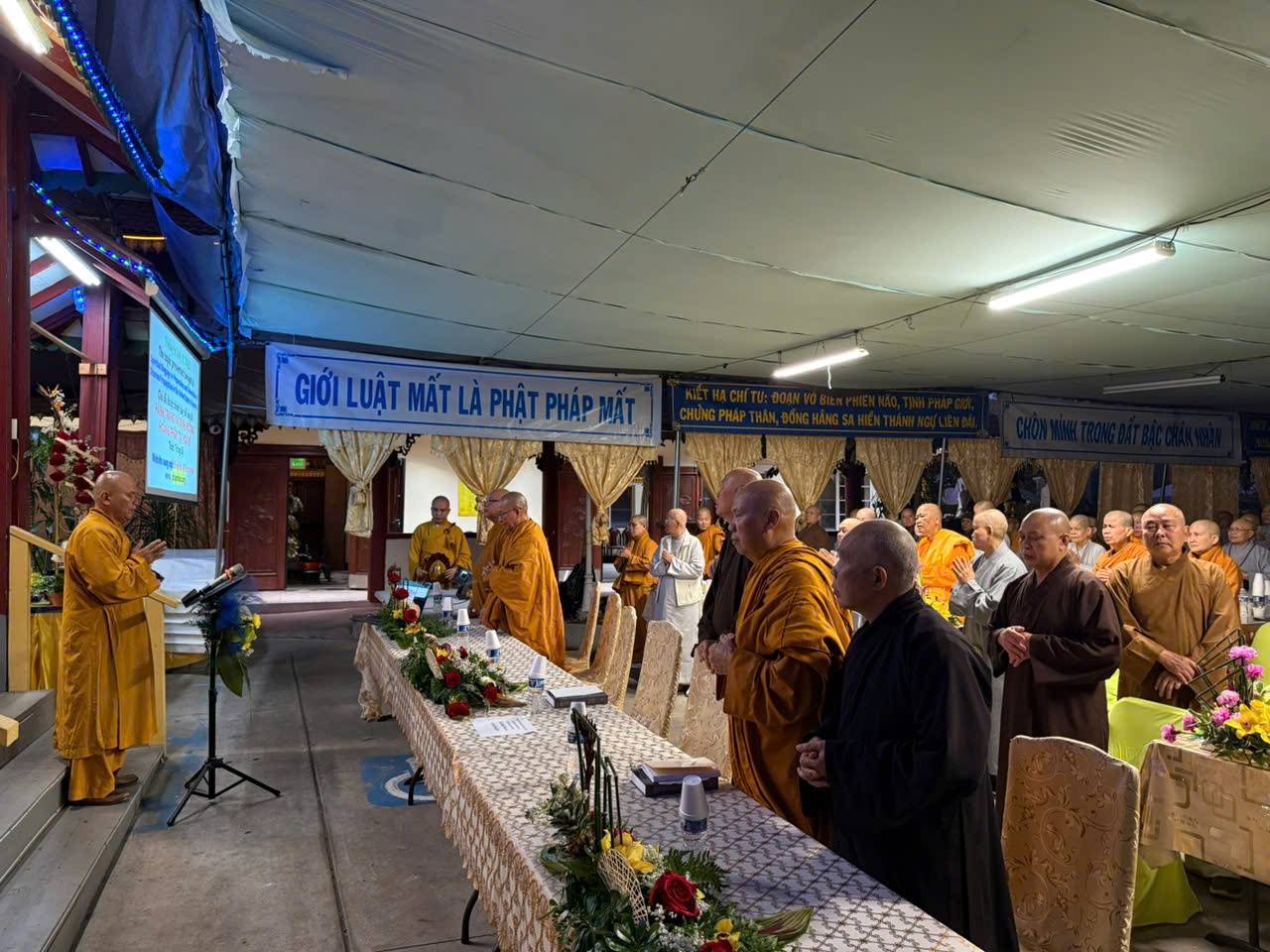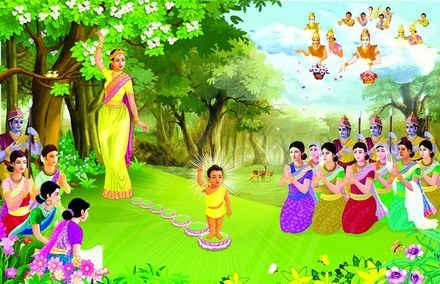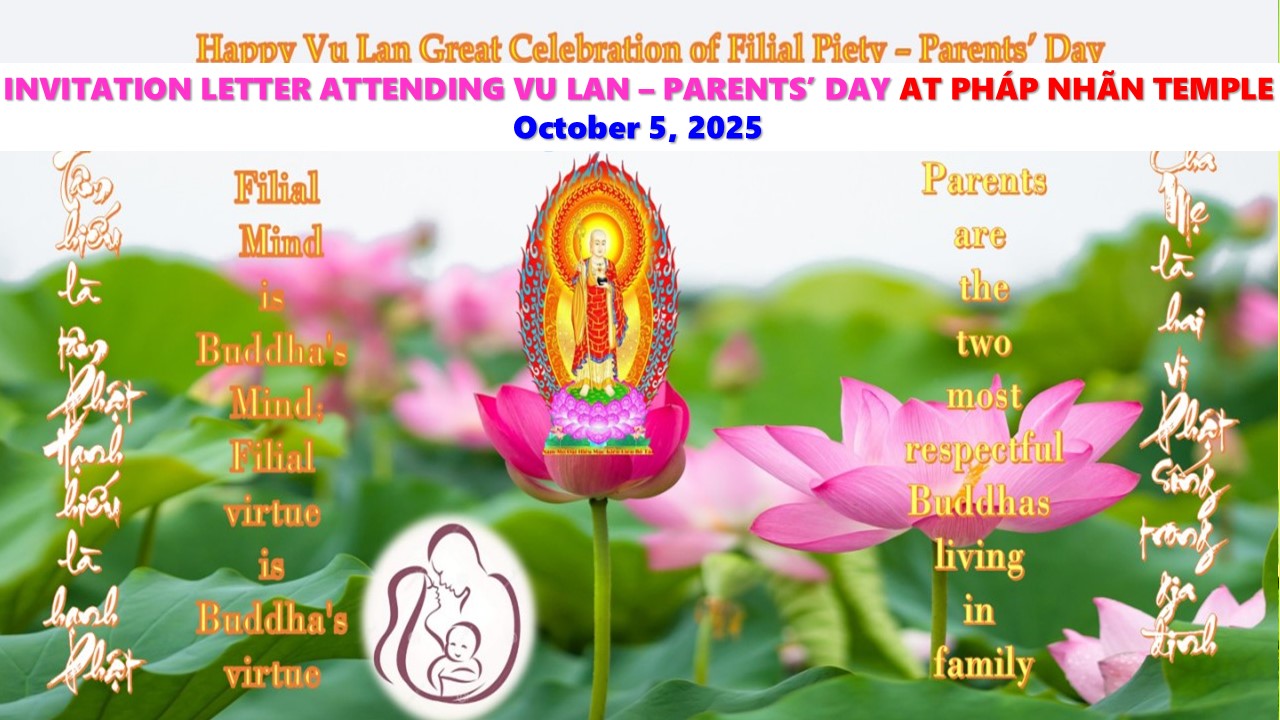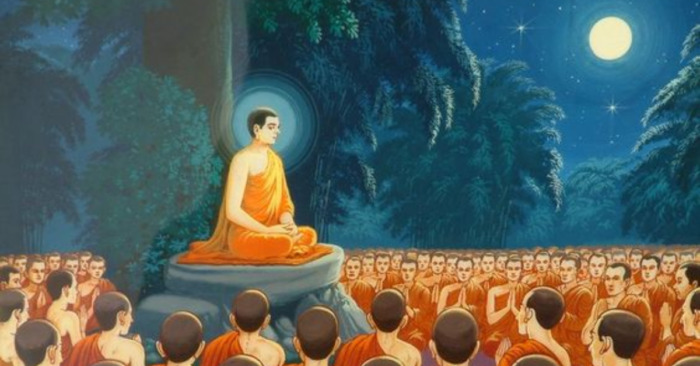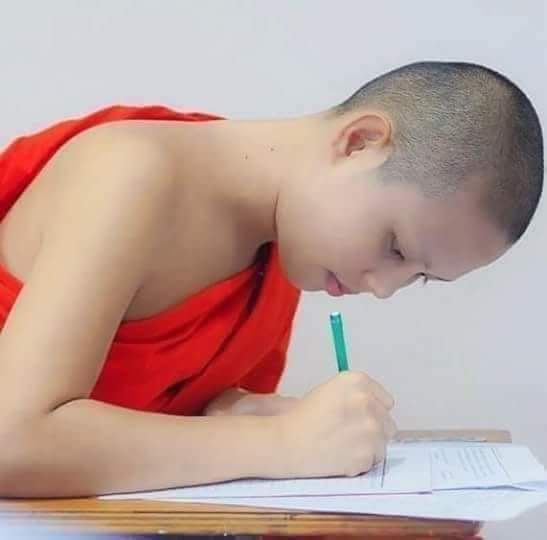
.
Buddhist Education for Young Generation
The chief aim of Buddhist education is the all-round development of children’s personality. This includes his physical, mental, moral, and intellectual development. The other aims of Buddhist Education are to make a free man, a wise, intelligent, moral, non-violent & secular man.
Buddhist education aims at a personality transformation into the highest form of humanity through ethical, intellectual, and spiritual perfection. These three faculties of perfection of human life undoubtedly lead a man through mundane happiness to supramundane happiness, which is the highest achievement we all are equally looking for. Therefore, Buddhist education is grounded on the primary psychological need of all living beings.
The goal of Buddhist education is to attain wisdom. In Sanskrit, the language of ancient India, the Buddhist wisdom was called Anuttara-Samyak-Sambhodi meaning the perfect ultimate wisdom. The Buddha taught us that the main objective of our practice was to achieve this ultimate wisdom. The chief aim of Buddhist education is all-round development of a child’s personality. This includes his physical, mental, moral, and intellectual development. The other aims of Buddhist Education are to make a free man, a wise, intelligent, moral, non-violent & secular man.
Buddhist Education was wide open and available to the people of all walks of life. The system of Buddhist education aimed at regaining our intrinsic nature. It also teaches absolute equality which stemmed from Buddha‘s recognition that all sentient beings possess this innate wisdom and nature. Buddha‘s teaching helps us to realize that innate, perfect, ultimate wisdom. With wisdom, we can then solve all our problems and turn suffering into happiness.
In the Buddhist era, religion was given top priority and education was imparted through it. The chief aim of education was the propagation of religion and inculcation of religious feelings and education served as a means to achieve liberation or nirvana. Preparation for life, there was a provision for imparting wordily and practical knowledge along with religious education so that when the students entered normal life they may be able to earn their livelihood.
In the early period, Buddhist Education was limited within the monasteries and only for the members of the monastery. But later on, it was open to all; even laypeople got a scope to have education in those institutions. In modern days Buddhist Education became wide open and embraced people of all walks of life. Buddhist Education made a revolutionary change in society. The Buddhists in the world first made Education open to all.
The Core of Buddha’s teaching contains three major points, discipline, meditation, and wisdom. Wisdom is the goal and deep meditation or concentration in the crucial process toward achieving wisdom. Discipline through observing the precepts is the method that helps one to achieve deep meditation; wisdom will then be realized naturally. Buddha‘s entire teaching as conveyed in the sutras never really depart from these three points.
Buddhist Education system developed on the basis of some basic principles. This education gave emphasis on the moral, mental and physical development and to also divert the students towards the Sangha rules, and guide them to follow it. The main stress was given to have a clear idea of Tripitaka which consists of Sutta Pitaka, Vinaya Pitaka, and Abhidhamma Pitaka. The entire Tripitaka consists of Buddha’s teachings, message, philosophy, and rules for the Bhikkhus and Bhikkhunis. The curriculum was chiefly spiritual in nature. It was because the chief aim of education was to attain liberation. So the study of religious books was most important. This type of curriculum was meant only for the monks.
Besides these spinning, weaving, printing of the clothes, tailoring, sketching, accountancy, medicines, surgery, and coinage were the other subjects of Buddhist education. At the initial stage medium of education was the mother tongue, later it included Pali and Prakrit and in the following days, Sanskrit also included as a medium of instruction.
***
In the ancient period Buddhist Monasteries and in the later period Buddhist Universities played a major role in developing Buddhist Education. The main aim of Buddhist Education is to make a free man, an intelligent man, a wise, moral, talented, non-violent and secular man. Buddhist Education makes man judicious, humanist, logical and free from superstitions.
May each and everyone of you meet with progress and happiness.
Sadhu sadhu sadhu
Facebook Comments Box




